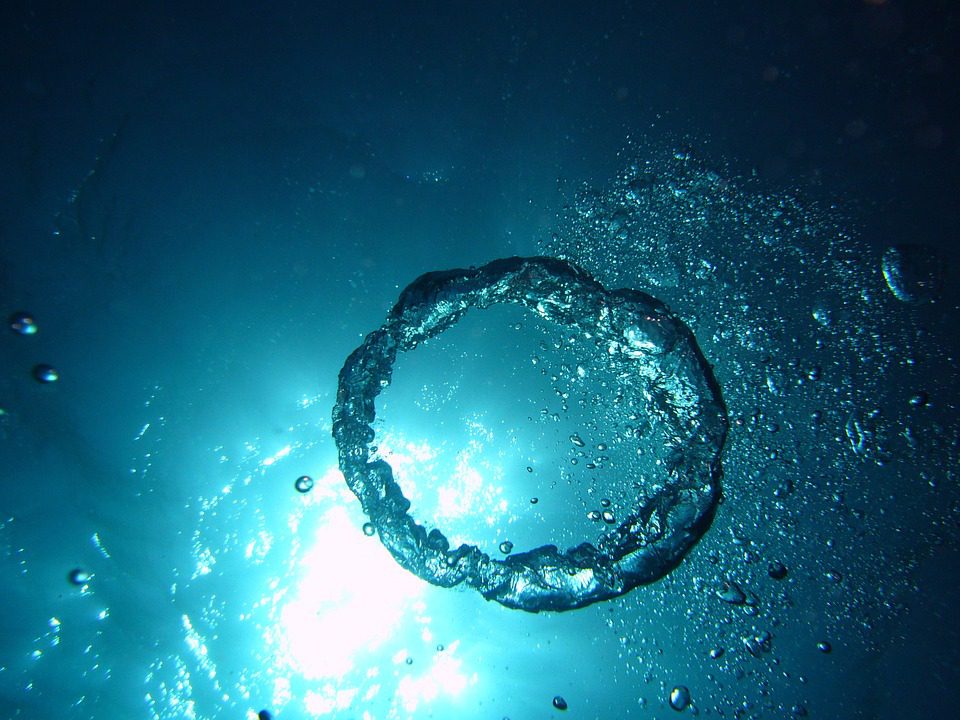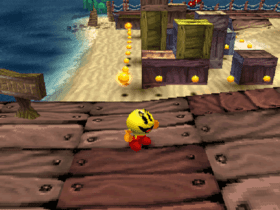According to a novel concept advanced by MIT scientists, oxygen began to accumulate in the atmosphere as a result of interactions between particular marine microorganisms and minerals found in marine sediments. These interactions aided in the prevention of oxygen consumption, initiating a self-amplifying process in which an increasing amount of oxygen was made accessible for accumulation in the atmosphere.
Their work, published in Nature Communications, is the first one to establish a link between the co-evolution of bacteria and minerals and the oxygenation of the Planet.
Roughly 2.3 billion years back, oxygen started to accumulate in the atmosphere, ultimately reaching the quantities required for life today. This burst of oxygen is referred to as the Great Oxygenation Event, abbreviated GOE.
Today’s current oxygen concentration in the atmosphere remains steady due to the balance of systems that create and use oxygen. Before the GOE, the environment maintained a distinct form of equilibrium, with oxygen consumers and producers in harmony, but in a fashion that left little surplus oxygen for something like the atmosphere. What may have driven the earth from a stable, low-oxygen condition to a stable, high-oxygen one?
The scientists questioned whether there was any mechanism by which oxygen’s presence spurred its continued buildup.
Researchers developed a mathematical simulation that predicted that if microorganisms could only partly oxidize organic materials, the partially oxidized materials, or “POOM,” might become essentially ‘clingy’ and chemically bond to minerals in sediments, protecting the substance from any further oxidation. Rather than being consumed to completely destroy the substance, the oxygen would be allowed to accumulate in the earth’s atmosphere.
They discovered that this mechanism might act as positive feedback, acting as a natural pump, pushing the atmosphere toward a novel, high-oxygen balance. Confirming this idea will need far more follow-up, ranging from laboratory tests to field assessments and just about everything else.












Leave a Reply